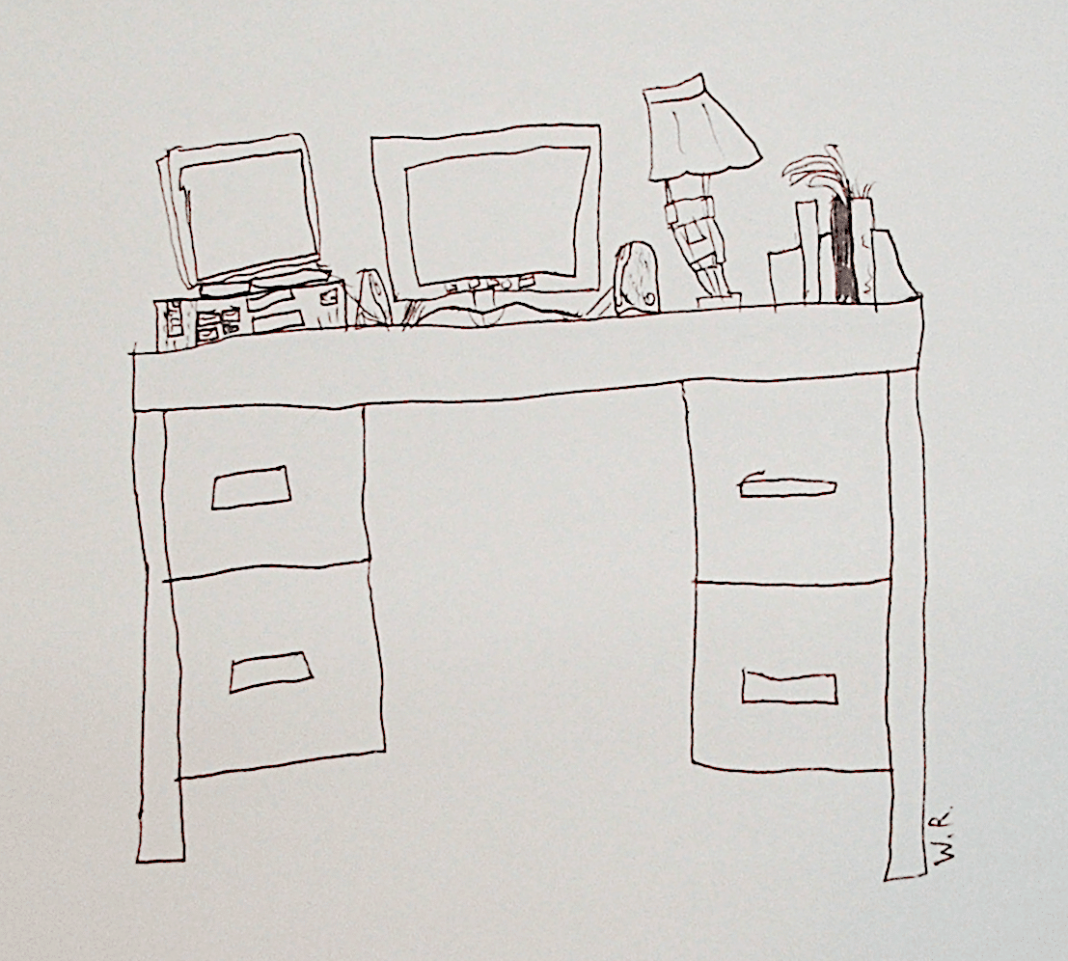Hello, readers.
Like you, in these unusual times, the Monitor has been doing our best to help flatten the curve. We’ve stayed home a lot, and we’ve practiced social-distancing by going on a lot of walks (diving into the woods whenever we meet like-minded individuals). We’ve also followed the coronavirus story closely. Some of the worst-case scenarios developed by the Centers for Disease Control show 1.7 million Americans dead from coronavirus within a year. At this point, we feel that it’s prudent and realistic to consider worst-case scenarios; we will happily laugh at ourselves later if they prove to be overblown.
According to worldometers.info, the number of U.S. coronavirus fatalities is currently 775. Many citizens and commentators have pointed to this relatively low number as evidence that the overwhelming response is nothing more than overreaction incited by panic. After all, thousands of people die from other causes in the U.S. each year without such an uproar. It’s sad, but we deal with it. According to government statistics, 34,200 Americans died from the flu last year, and 38,800 in car crashes. By comparison, 775 does seem quite insignificant.
On Feb. 29, the United States had its first coronavirus death. The number of fatalities has been doubling every three or four days since then. Two weeks ago, we were at 27. Now we’re at 775. Still low, in the grand scheme of things. But if this doubling continues at its current pace, we will be at 22,000 deaths in two more weeks. It’s not a conspiracy theory, it’s high school math—a logarithmic curve describing the spread of disease in a population.
We’re not there yet. The doubling could slow down. As Americans, we almost feel it must. Despite all the warnings, all the evidence, it still feels impossible to us that the American health care system could be overwhelmed by a virus that doesn’t even bother most people.
“Look at Italy,” people say, “—they’ve been getting hit harder than us, and they’re only at 7,000 casualties.”
“Look at China,” people say, “—they got it under control with only 3,000-something deaths.”
“Look at South Korea—they flattened their curve. As of today, they only have 120 deaths.”
These early numbers from distant lands may offer some hope. But, right now, the United States is stuck hard to the curve, with fatalities doubling every three days. Nothing we have done so far has changed that course. The U.S. has six times the population of Italy, so our numbers will surpass theirs. We can hope otherwise, but Americans should not base decisions on hope. Realism is needed now. Are we looking at another flu, with twenty or thirty thousand casualties? Or something far worse?
Duluth City Hall closed to the public on March 17. City Council meetings and agenda sessions are being conducted remotely by councilors, with the proceedings live-streamed to the public and archived on the city’s website. Such measures may be unavoidable in this age of social distancing; we hope the Council maintains a commitment to transparency throughout.
At their meeting conducted this way, on March 22, 2020, Council President Gary Anderson indicated that he had received emails from the public commenting on various issues. However, he did not identify the authors of the emails or read their contents. As such emails are taking the place of public comment, the Monitor believes they should be read publicly, or posted online for citizens to review.
Looking ahead, it seems clear that the coronavirus is going to have a profound effect on Duluth’s economy. A large portion of the city’s general fund revenue comes from the local 1 percent sales tax, which will be impacted by the general business slowdown. The city’s tourism taxes, which fund all sorts of programs and projects, will also be reduced this year. For example, bonds for AMSOIL Arena are being paid off with a 0.75-percent food-and-beverage tax. Now that restaurants and bars are closed, those tax collections will drop. The city, however, will still be responsible for making the payments. Every agreement for projects built with tourism tax includes a section stating that the city will make the payments from other sources if the tourism tax isn’t enough. Spirit Mountain’s Grand Avenue Chalet is another such project.
There is really only one story now. We find that things which interested us greatly just a month ago are suddenly less compelling in the face of this new, looming reality. The traditional media in town—the TV stations and Duluth News Tribune—are doing a good job keeping up with the press conferences and emergency preparation stories. The Monitor’s challenge lies in figuring out how best to use our talents to help the community in this time of upheaval and change.
Things are happening too fast right now to get a good look at the whole picture, but one thing is certain: Things are going to be different in the future. The Monitor hopes to uphold the values we have always stood for—transparency, openness, fairness, and accountability—in whatever the future of Duluth holds. We urge our readers to stay safe, stay calm, and stay home as much as you can. Sometimes the best thing we can do for our friends and neighbors is give them a little space.
____________________________________________________________________________
Banner cartoon credit: Walter Ramos





